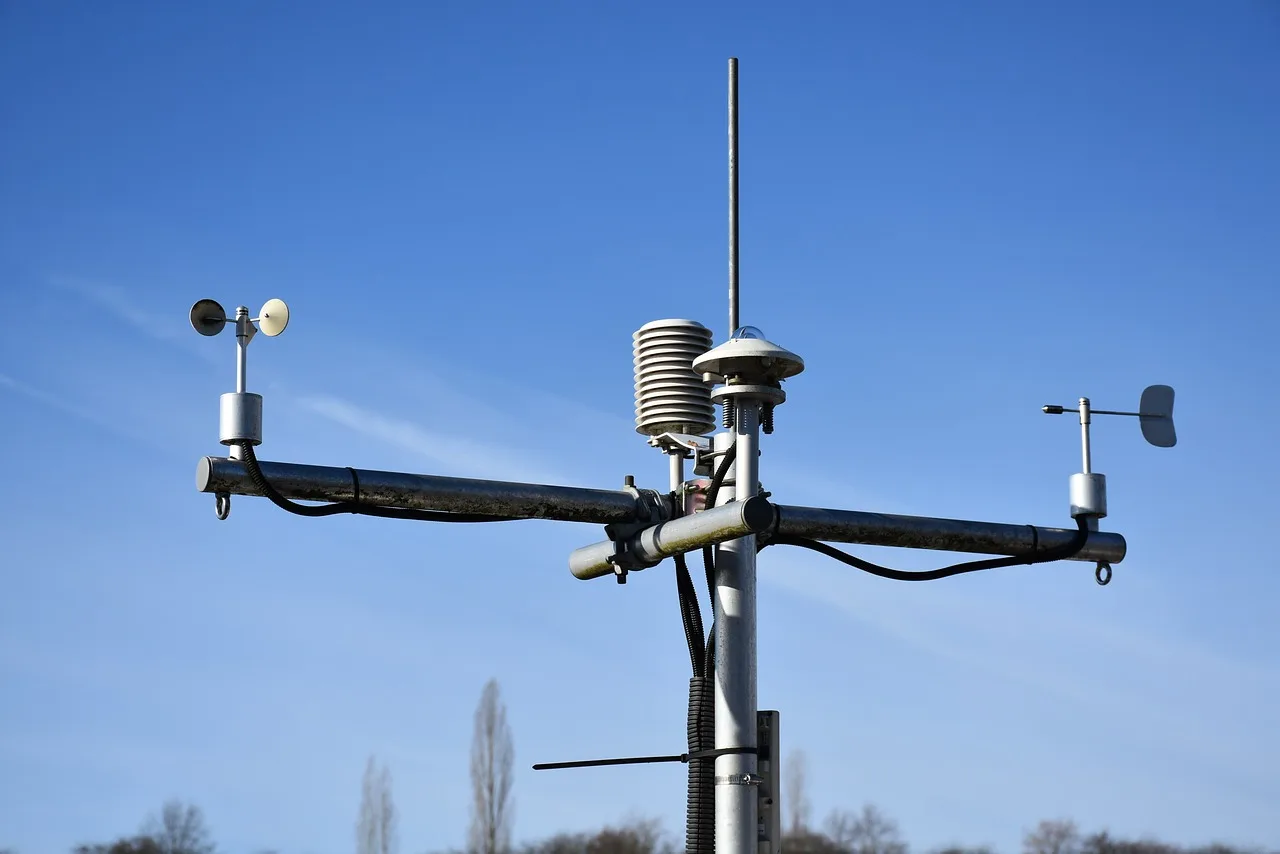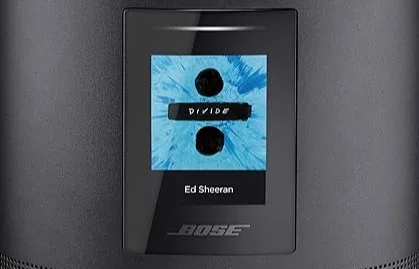As we previously explored in our comprehensive guide on the 10 major steps toward making a smart home [Smart Home: A Step-by-Step Guide to Elevating Your Living Experience], the journey to transform your living space into an intelligent haven encompasses a variety of crucial considerations. Today, we hone in on the pivotal aspect of Selecting Intelligent Devices. Imagine returning home after a lengthy day to discover your residence impeccably temperature-controlled, lights illuminated, and your preferred music serenading you – all orchestrated by your smart home system, intuitively anticipating your arrival. In a world filled with a myriad of connected devices, the choices you make in selecting these intelligent devices become the bedrock of a seamlessly automated home. Each decision contributes to the overall efficiency, security, and convenience of your smart home ecosystem. Join us as we navigate the intricacies of Choosing Smart Devices, shedding light on how these decisions are not just features but essential building blocks that elevate your home automation experience to new heights.

Table of Contents
- Research Compatible Devices
- Exploring Smart Device Options
- Identifying Platform Compatibility
- Budget-conscious Choices
- Finding Affordable Solutions
- Cost-effective Efficiency
- Installation Insights
- Following Manufacturer Instructions
- Connectivity and App Setup
- Enhancing Convenience
- Daily Task Streamlining
- Building an Interconnected Living Space
- Future Expansion Planning
- Scalability Matters
- Evolving Needs and Adaptive Devices
Research Compatible Devices
Exploring Smart Device Options
First things first, familiarize yourself with various smart home devices such as light bulbs, thermostats, door locks, security cameras, and more. These innovative products offer numerous benefits, including energy efficiency, remote control via mobile apps, and seamless integration with other systems. When choosing among them, consider their features, functionality, and user reviews to ensure they meet your expectations.
Identifying Platform Compatibility
Once you’ve shortlisted potential devices, double-check their compatibility with your existing smart home platform, whether Amazon Alexa, Google Assistant, Apple HomeKit, Samsung SmartThings, or any other. Ensure that the selected items will work together harmoniously, allowing you to manage everything from one central hub or app.
Budget-conscious Choices
Finding Affordable Solutions
Creating a smart home doesn’t necessarily mean breaking the bank. Many manufacturers now produce affordable devices without compromising quality or performance. For instance, Philips Hue offers reasonably priced smart lighting solutions, while Wyze provides cost-effective Security Cameras. Compare prices and shop around for deals to strike a balance between affordability and functionality.
Cost-effective Efficiency
When considering financial aspects, remember that investing in smart devices often leads to long-term savings due to reduced energy consumption. For example, Nest Learning Thermostat adapts to your habits and optimizes heating and cooling schedules accordingly, helping you save money on utility bills. So, think beyond initial costs and look forward to reaping rewards down the line.
Installation Insights
Following Manufacturer Instructions
Installing smart devices may seem daunting initially, but most manufacturers provide clear guidelines to simplify the process. Always read through the manual before diving in and don’t hesitate to reach out to customer support if needed. Remember, patience pays off when setting up your new gear!
Connectivity and App Setup
Upon the triumphant installation of physical components, proceed to link your devices to the Wi-Fi network and acquire the corresponding smartphone apps. With many platforms, users can establish accounts and incorporate multiple devices under one unified system, facilitating effortless management and automation. Take a thoughtful moment to navigate through these applications, tailor settings to your preferences, and understand the intricate interactions among various elements, all in the pursuit of Selecting Intelligent Devices for an enhanced smart home experience.
Enhancing Convenience
Daily Task Streamlining
As mentioned earlier, integrating compatible devices helps build a cohesive ecosystem tailored to your lifestyle. Imagine waking up every morning with curtains automatically opening and coffee brewed just as you wake up – pure bliss! Seek out devices that contribute positively towards enhancing everyday conveniences and making life smoother.
Building an Interconnected Living Space
A meticulously planned smart home configuration allows for effortless communication among devices, turning ordinary tasks into automated, streamlined experiences. Imagine Selecting Intelligent Devices that orchestrate a choreographed series of actions when your alarm clock signals the start of your day – illuminating the room, playing your preferred background music, setting the thermostat to the perfect temperature, and sending timely reminders for upcoming appointments. Does it sound like a scene from the future? Well, the future is already here, and it begins with the process of Selecting Smart Devices that seamlessly bring these advanced automation capabilities into your daily life.
Future Expansion Planning
Scalability Matters
While embarking on your smart home journey, keep scalability in mind. Don’t limit yourself by purchasing only what seems necessary right now; instead, leave room for growth as technology advances rapidly. Choose flexible devices capable of incorporating newer innovations and expanding functionalities over time.
Evolving Needs and Adaptive Devices
Lastly, anticipate changing preferences and adapt accordingly. Perhaps today you prioritize smart lighting, but tomorrow it might be advanced home entertainment systems or cutting-edge kitchen appliances. Whatever comes next, having a solid foundation laid out makes transitioning smoother and hassle-free.
Conclusion
Building a smart home shouldn’t feel overwhelming anymore. Armed with knowledge about researching compatible devices, staying budget-friendly, acing installation processes, maximizing convenience, and planning for future expansions, you’re ready to take charge and elevate your living environment. Embrace technology, enjoy increased comfort, and unlock endless possibilities!
Frequently Asked Questions
- What are some popular smart home platforms?
Some widely used smart home platforms include Amazon Alexa, Google Assistant, Apple HomeKit, and Samsung SmartThings. Each caters to varying needs, so do thorough research before committing. - Can I mix and match devices from different brands?
Yes, provided they share compatibility with your chosen smart home platform. Just ensure cross-brand communication works smoothly before purchase. - Do smart homes consume more electricity?
Not necessarily. While standby power usage increases slightly, overall energy efficiency improves thanks to better scheduling and automation capabilities. - Are there privacy concerns associated with smart homes?
Like any internet-connected service, there could be risks involved. Protect yourself by securing networks, updating software regularly, and being cautious about sharing personal information online. - Is it expensive to set up a basic smart home?
No. Various affordable options exist, especially when focusing on essential functions like lighting, climate control, and safety measures. Start small and gradually expand based on your evolving needs.


